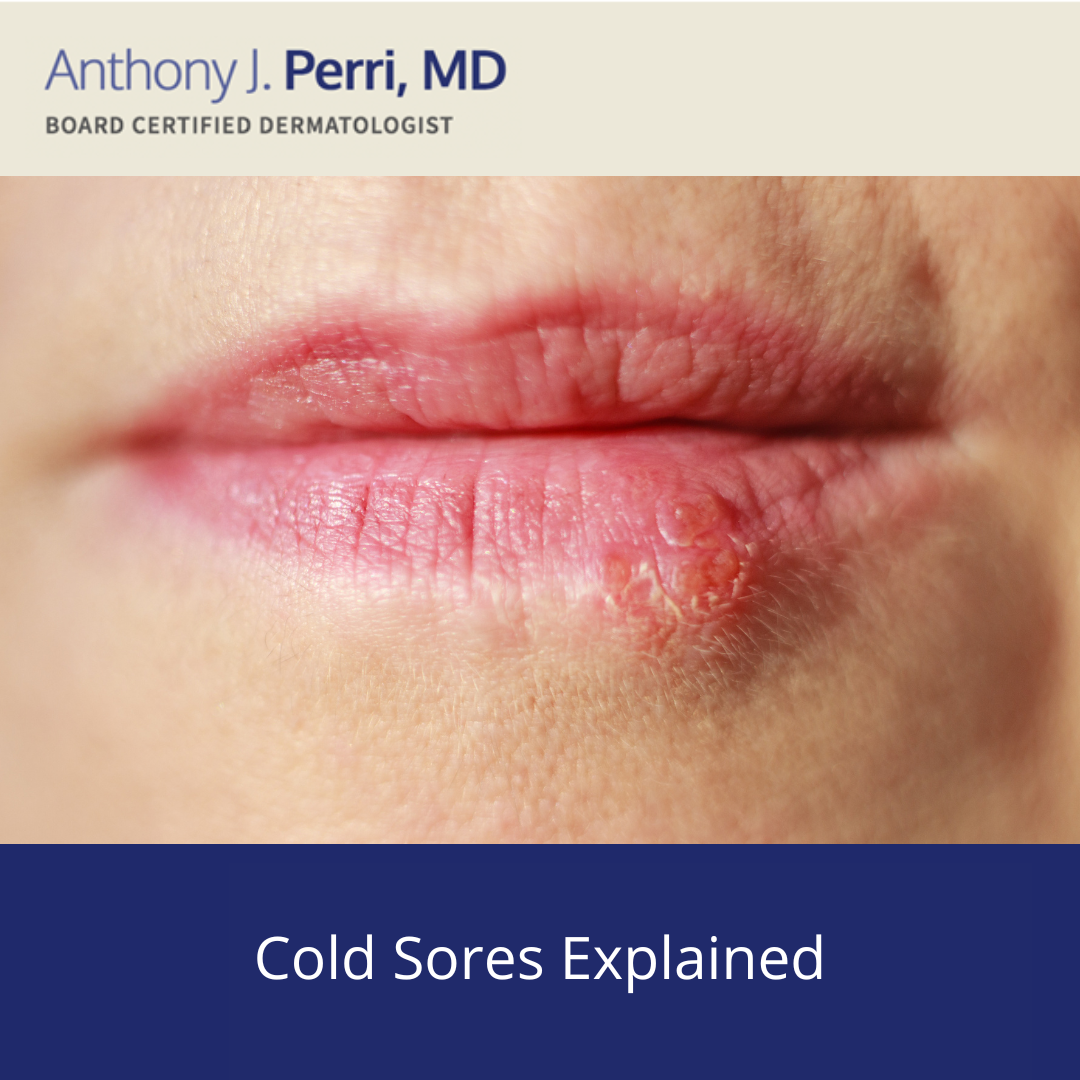Our skin is the biggest organ we have, requiring a lot of attention and care. Sometimes, even with a proper skincare routine, multiple skin conditions occur. Some of those conditions can be minor while others require professional medical help. All skin conditions can and should be managed, and a good dermatologist can accurately diagnose and treat various skin disorders.
However, if you are concerned about what might be happening to your skin, and want to do some research before calling a professional, here are 10 common skin conditions you should be aware of.
Acne (Acne vulgaris)
Acne is the most common skin disorder in the United States. While it is usually associated with teenagers, more and more adults suffer from acne as well. Acne is usually located on the face, chest, neck, upper back, and shoulders. Breakouts can appear in the form of pimples, whiteheads, blackheads, or painful nodules and cysts. If left untreated, or treated poorly, acne can leave scars or dark spots on the skin.
Both teenagers and adults with acne can benefit from medical dermatology. With some professional help, you can have clear skin much faster.
Hives (Urticaria)
Red, raised, itchy areas are hives. Bug stings or bites, certain medication, or food can be the cause. Even though they usually disappear in two to four hours, hives can persist for months or even years in some cases. If they cover a large area of our skin or affect our breathing, hives need to be checked by a dermatologist right away. Avoiding the thing which triggers our hives is the best prevention. However, when that isn’t possible, dermatologists can prescribe medication that will control the itching. Even chronic urticaria can be managed with proper treatment.
Sunburns
When it comes to sunburn, it’s much better to prevent it than to cure it. When the skin is exposed to too much ultraviolet light, the skin becomes red, hot, painful to the touch, and can sometimes even peel away. It’s indeed difficult to determine how much time in the sun is safe, even when we put on sunscreen protection. Most know that they should get out of the sun and let their skin cool. A shower and a light, oil-free moisturizer should help relieve the burns. When our sunburn is more serious, a topical product that contains lidocaine might be needed. A nonsteroidal anti-inflammatory drug can help with swelling and pain. If a fever, blisters, or chills accompany the sunburn, you should definitely see a dermatologist. It’s also essential that we don’t scratch our blisters as it could cause an infection.
Rosacea
Rosacea is a chronic disease that makes our face swell, causes redness, prominent blood vessels, and pimples. It’s most frequently seen in women over 30, but men can suffer from it too. Various environmental factors, problems with veins, or the immune system can trigger rosacea. There is a number of effective treatments for rosacea, but in order to choose the best one for yourself, you should see a dermatologist. The symptoms experienced will determine which type of treatment will work best for you.
Eczema
Atopic dermatitis, or eczema, is most common in children, though adults experience it too. The exact cause isn’t known, but scientists believe that the immune system, genetics, and/or the environment may affect the disease. Eczema usually appears on the face, feet, hands, or in the places where our skin folds and creases. Flaky, dry, and itchy skin are the most common symptoms. Excessive scratching may lead to a thickened area. In some cases, people can experience hair loss in the area where the rash appears. Topical steroids can lessen the symptoms, but for more permanent solutions, it’s advisable that you pay a visit to a dermatologist.
Herpes Zoster
The varicella-zoster virus (the same virus that causes chickenpox) causes herpes: a red, blistering rash that may appear anywhere on the skin. You can also experience a headache, fever, or fatigue while having herpes. Those with an impaired immune system, as well as seniors, are at the highest risk. Herpes can be very painful if not treated from the start. It’s vital that we head to the dermatologist’s office sooner rather than later and start combating our symptoms with antivirals.
Athlete’s Foot (Tinea Pedis)
Our feet are prone to fungal infections. This skin disorder can lead to extreme itching, redness, and cracked skin on the feet and between the toes. We can easily “pick up” a type of fungi called dermatophytes at shared shower stalls, public pools, and locker rooms. There are various antifungal treatments, however, symptoms are sometimes very persistent. It can take up to weeks for the condition to improve. In order to speed up the healing process, you should see a specialist and make the most of the treatment.
Psoriasis
This autoimmune disease is a chronic skin disorder that more than 6.7 million in the United States people have. When we notice scaly patches, which are sometimes red or silver and can be painful and itchy, we might have psoriasis. Besides the above-mentioned symptoms, you can feel stiffness, swelling, or pain in your joints. Symptoms can vary depending on the type of psoriasis you have. In order to properly treat skin conditions such as psoriasis, dermatologists have to know which type you have. Moisturizing is very important; it will prevent the skin from becoming too dry and itchy. Cortisone cream or an ointment-based moisturizer could help. A dermatologist can help you determine the type of psoriasis and employ an effective treatment for it.
Basal Cell Carcinoman (BCC)
This type of skin cancer is the most common type in the United States. It grows in the upper basal cells of our skin; it rarely spreads, and it is curable. If you spend a lot of time in the sun or use sunbeds frequently, you are at a higher risk of developing BCC. The head, nose, ears, and neck are the most commonly affected areas. Growths can look shiny, scaly, and red, or like an open sore. If a smaller area is affected, skin medication can help \ treat BCC. For bigger areas, radiation or surgery might be needed. In order to prevent basal cell carcinoma, skin care has to be a priority. You shouldn’t spend too much time in the sun and you should wear protective clothing and always put on sunscreen protection. In addition, it’s vital to visit the dermatologist once a year.
Warts
Warts are raised bumps on the skin that are caused by the HPV (human papillomavirus). Skin disorders associated with warts have been affecting people for thousands of years. In most cases, warts aren’t dangerous; however, they are contagious, ugly, and sometimes painful. There are, in total, five major types of warts: common, plantar, flat, filiform, and periungual warts. Each type appears on a different part of our body. Common treatments include freezing and using patches with salicylic acid. If usual treatments fail, doctors can perform surgery. If you have warts on sensitive parts of your body, such as your face, nostrils, or genitals, you should see a dermatologist as soon as possible. Also, if you notice bleeding or a sign of infection, or if the wart changes its color or becomes painful, it’s time to see a specialist.
If you have additional questions about the skin conditions mentioned or have a concern regarding your current condition, contact our team today! Unsure if your insurance will cover your visit? Check out our insurance coverage page for a list of accepted insurance companies so you know beforehand if you’re covered.




